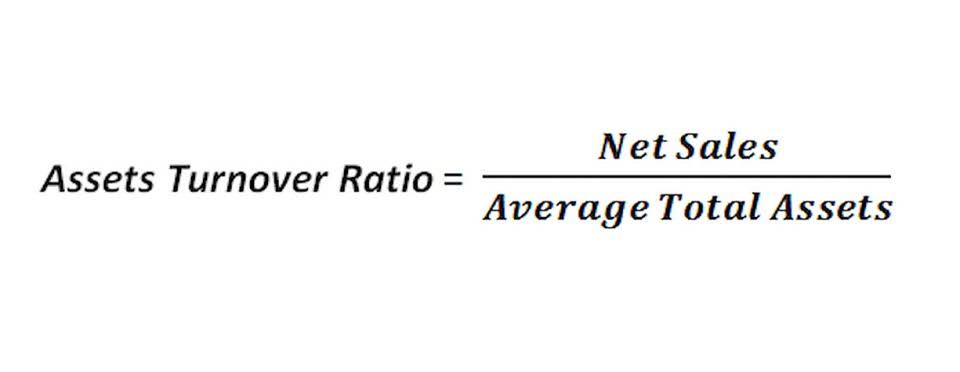Petroleum Accounting: Principles, Procedures and Issues 8th edition: PwC

The obvious example is mining, where there’s a lot of overlap, but almost anything that depends on commodity prices is similar. Out of all the industry-specific courses I’ve released, Oil & Gas Financial Modeling has drawn the most interest. Typically, there is a correlation between the amount of G&A spent and the amount of attainable detail. Luckily, the industry is doing a great job of utilizing technology to eliminate tedious, non-value-added tasks. These improvements should ultimately lead to being more efficient with fewer resources, but it’s still a work in progress.
GAAP Guidebook
If your company is on the lookout for high-quality oil and gas accountants, talk to EAG Inc.. We offer a host of helpful back-office administrative services designed to help you drive your business forward. We believe the oil and gas industry is at the beginning of the back-office technological revolution. Over the next decade, companies will oil and gas production accounting see a fundamental transformation of how they can eliminate waste, streamline accounting, and automate daily tasks, as well as reduce overall G&A. The more you can think outside the box to challenge the status quo, the more efficiencies you’ll gain in the long term. EAG Inc. operates under the principle that best practices can vary from company to company.

Oil and petroleum products explained
Deloitte refers to one or more of Deloitte Touche Tohmatsu Limited, a UK private company limited by guarantee (“DTTL”), its network of member firms, and their related entities. DTTL and each of its member firms are legally separate and independent entities. DTTL (also referred to as “Deloitte Global”) does not provide services to clients. In the United States, Deloitte refers to one or more of the US member firms of DTTL, their related entities that operate using the “Deloitte” name in the United States and their respective affiliates. Certain services may not be available to attest clients under the rules and regulations of public accounting.

Expense Recognition (Matching Principle)
You could also base a contribution analysis or accretion / dilution calculation on non-financial metrics, such as Production Per Share or Proved Reserves Per Share. Or you might use NAV for upstream and a DCF for other segments and add those up. Assets and Liabilities are still split into Current Assets, Long-Term Assets, Current Liabilities, and Long-Term Liabilities, but there are a few new items. Generally Accepted Accounting Principles (GAAP) as set forth by the Financial Accounting Standards Board (FASB) when managing the book of any company regardless of the size and whether a company is public or private. Additionally, it is essential to act with the utmost integrity, respect, and due diligence.
Open Data
Depending on the company’s previous history, you might assume a decline rate of 5-10% per year – potentially more or less depending on how mature it is. So maybe you assume that they produce 550 Bcf next year and then 600 Bcf the year after – which you would then cross-check with equity research and their reserves (you don’t want to assume that they produce 100% of their reserves in 1 or 2 years). You might assume a modest increase over that number, especially if the company is spending a lot on finding new resources. For purposes of this tutorial, we’re going to focus on Upstream, or E&P (Exploration & Production) cash flow companies because those are the most “different” from normal companies – and they’re the most common topic in interviews.
Cash Flow Statement
- DTTL (also referred to as “Deloitte Global”) does not provide services to clients.
- Most major E&P companies implement the Successful Efforts (SE) method due to the transparency it provides.
- Other costs, such as geological and geophysical costs, are mostly expensed as incurred.
- It provides guidance on the recognition criteria, measurement, and disclosure of revenue in financial statements.
- Yes, some PE firms do focus on energy and mining, but typically they stick to utility and/or power generation companies rather than unpredictable E&P companies.
On May 28, 2014, the FASB and IASB issued their final standard on revenue from contracts with customers. The standard outlines a single comprehensive model for entities to use in accounting for revenue. This section dives into the changes in the key accounting issues due to the new revenue recognition standard. Exact accounting data is critical for evaluating project economics, making informed investment decisions, and planning for the future. It enables companies to assess project viability, allocate resources efficiently, and make strategic decisions that contribute to long-term success in the industry. Financial statements should include all necessary information to ensure that users can make informed decisions.

Energy: Delivering value up and down stream
The FASB and IASB are nearing the end of their journey toward enhancing lease accounting. One of the primary objectives of leases project is to address the current-off-balance-sheet financing concerns related to a lessee’s operating leases. This section of the article guides readers through the key provisions of the new standard. Forms EIA uses to collect energy data including descriptions, links to survey instructions, and additional information. Tools to customize searches, view specific data sets, study detailed documentation, and access time-series data. Reserves, production, prices, employment and productivity, distribution, stocks, imports and exports.

Comprehensive data summaries, comparisons, analysis, and projections integrated across all energy sources. The program is nationally accredited by the Canadian Association of Petroleum Production Accounting. To receive the CAPPA certificate students must attain 70% in all levels of CAPPA. But those make more sense for 100% stock-based deals (you wouldn’t see the impact of foregone interest on cash or interest expense on new debt for these non-financial metrics). I hinted at this in the last part of the NAV explanation above, but sum of the parts is a very common valuation methodology in the energy industry.
Also in Oil and petroleum products explained
The goals of NOCs often include employing citizens, furthering a government’s domestic or foreign policies, generating long-term revenue to pay for government programs, and supplying inexpensive domestic energy. Accurate accounting helps in valuing these reserves, determining depletion, and providing insights into the company’s overall asset base, influencing strategic decisions and financial planning. Regardless of industry, all publicly traded companies in the United States follow accounting principles set forth by U.S.


